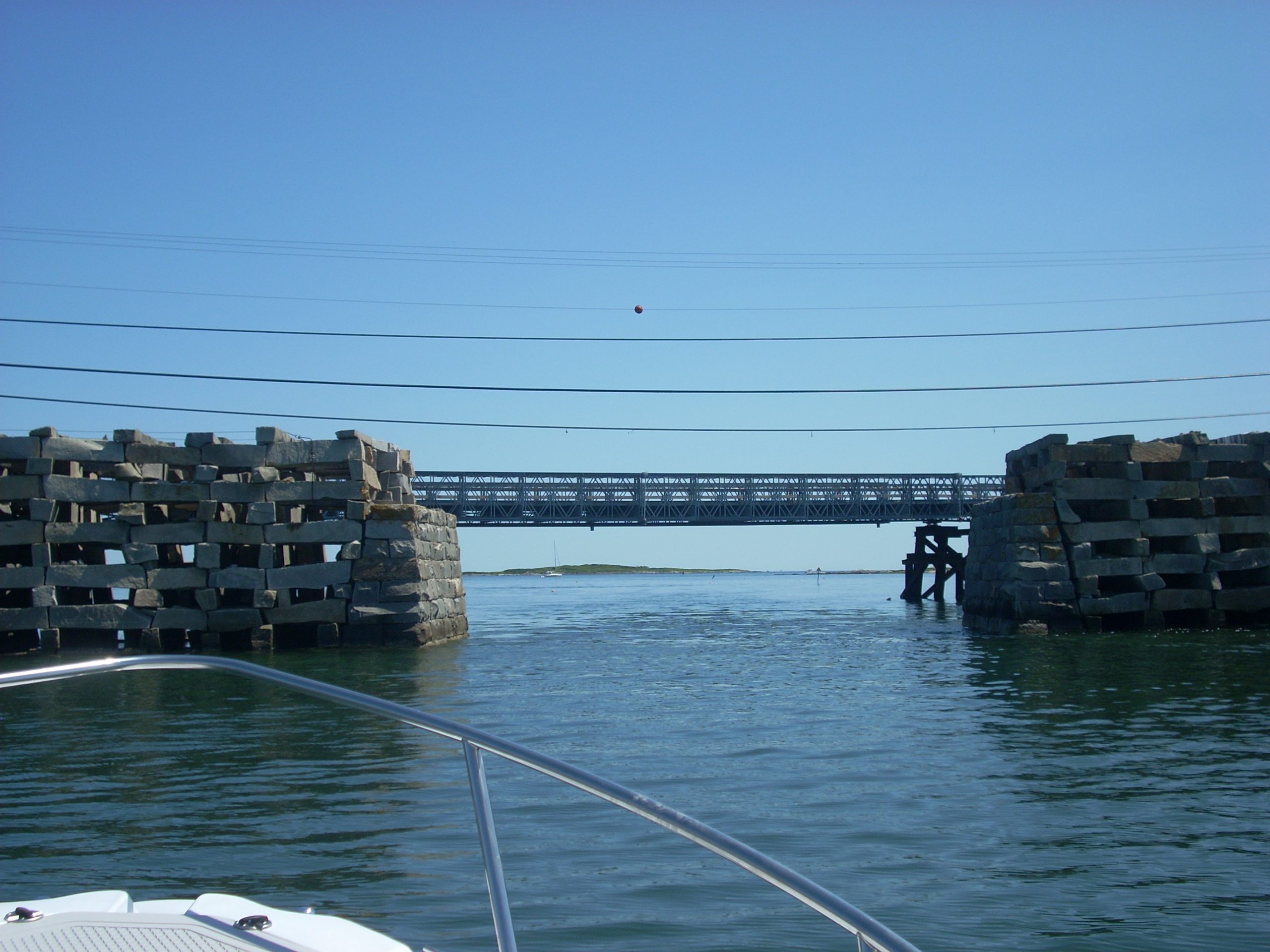
Perhaps if the people making interventions, at any level in our society, would focus more consciously and with greater commitment on their primary tasks, we would not experience as much pressure for change. Change may be our biggest societal problem, but it may not be the deepest problem. Indeed, if the deepest problems were dealt with effectively, change might not be as important. Thus, a Model Four practitioner often finds that change itself is actually a problem in some institutions. Indiscriminate and repeated change (especially at Level One) often will produce an instability that insures minimal or unpredictable impact of a planned change effort.
To return to our nautical analogy, the Model Four practitioner serves as a lighthouse, which can be used by the captain and crew to guide the ship safely into or out of the harbor. Control of the ship resides with the captain and crew. If the information provided by the lighthouse is ignored, the client (ship) may crash on the proverbial rocks. However, the responsibility for this crash resides with the client and cannot be attributed to the practitioner — provided that the practitioner is giving the client valid and useful information.
Neither power nor interpersonal skills are of primary importance to the Model Four practitioner. In many instances, the effective Model Four practitioner will be low-keyed. He or she is likely to be hesitant in promoting specific ideas or programs. This type of consultation tends to build on the skills of the practitioner in generating and integrating information. He or she will be knowledgeable about the specific institution and about organizational life in general. The roles he or she is most likely to assume are those of diagnostician, facilitator, trainer, and negotiator.
Concluding Comments
In many ways, the underlying assumptions of consultation act like scientific models. It is true that as one who often stands outside of systems, a consultant often can be of value in helping a client discover and, if necessary, abandon his or her own model or assumptions about the nature of a problem. A consultant, however, also operates within certain models. These models can, in turn, limits the consultant’s own perceptions of these problems. We have just identified four of these models. No one can, or should, abandon those models that serve as organizing principles for a consultation. Nevertheless, one should be aware of the nature and impact of the model that is prevalent in one’s own work and recognize the value of alternative change models. These strategies and models resemble scientific models in that they are working hypotheses that need to be continuously (dis)proven and are critical to understanding any organizational consulting process.






